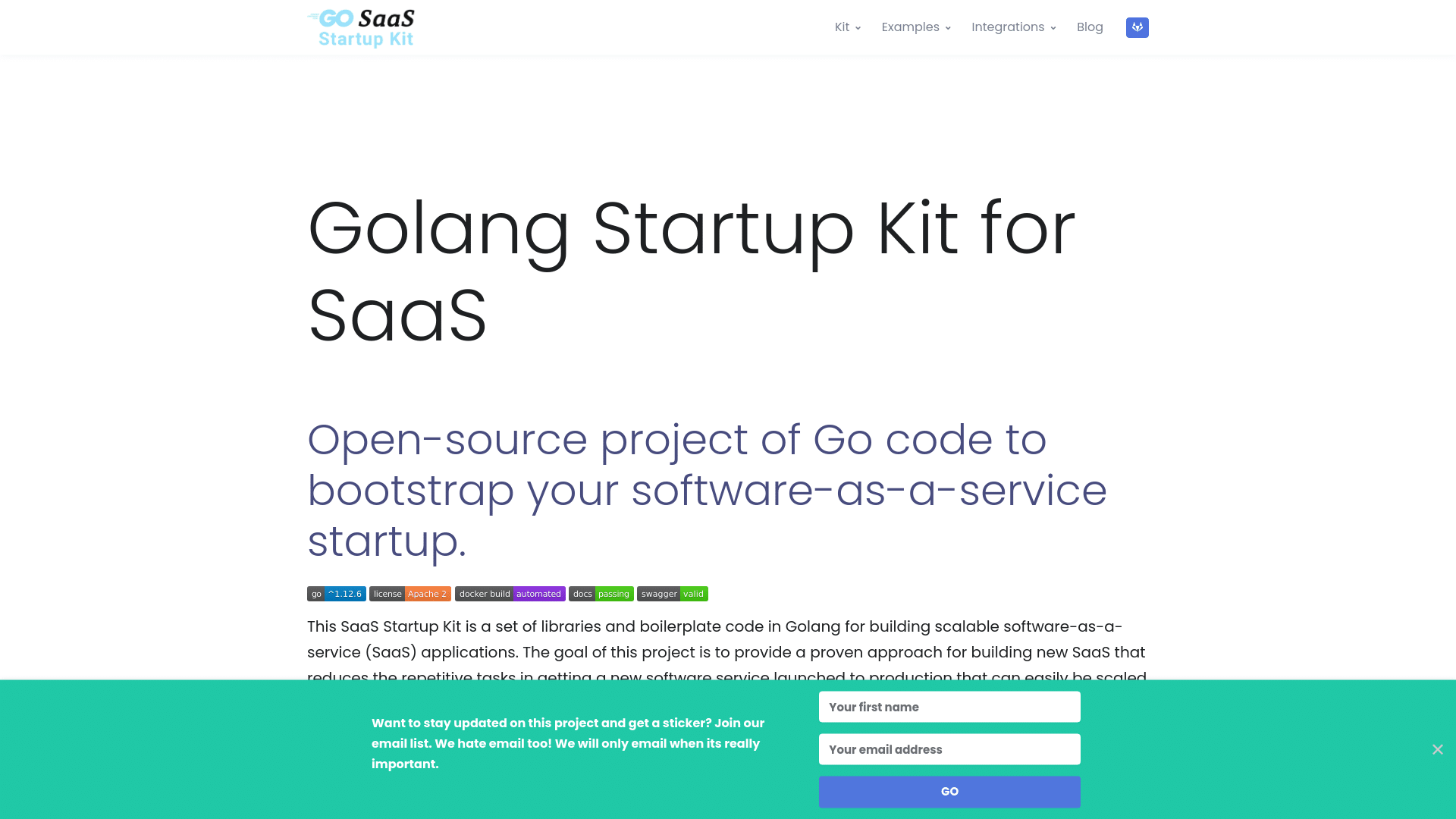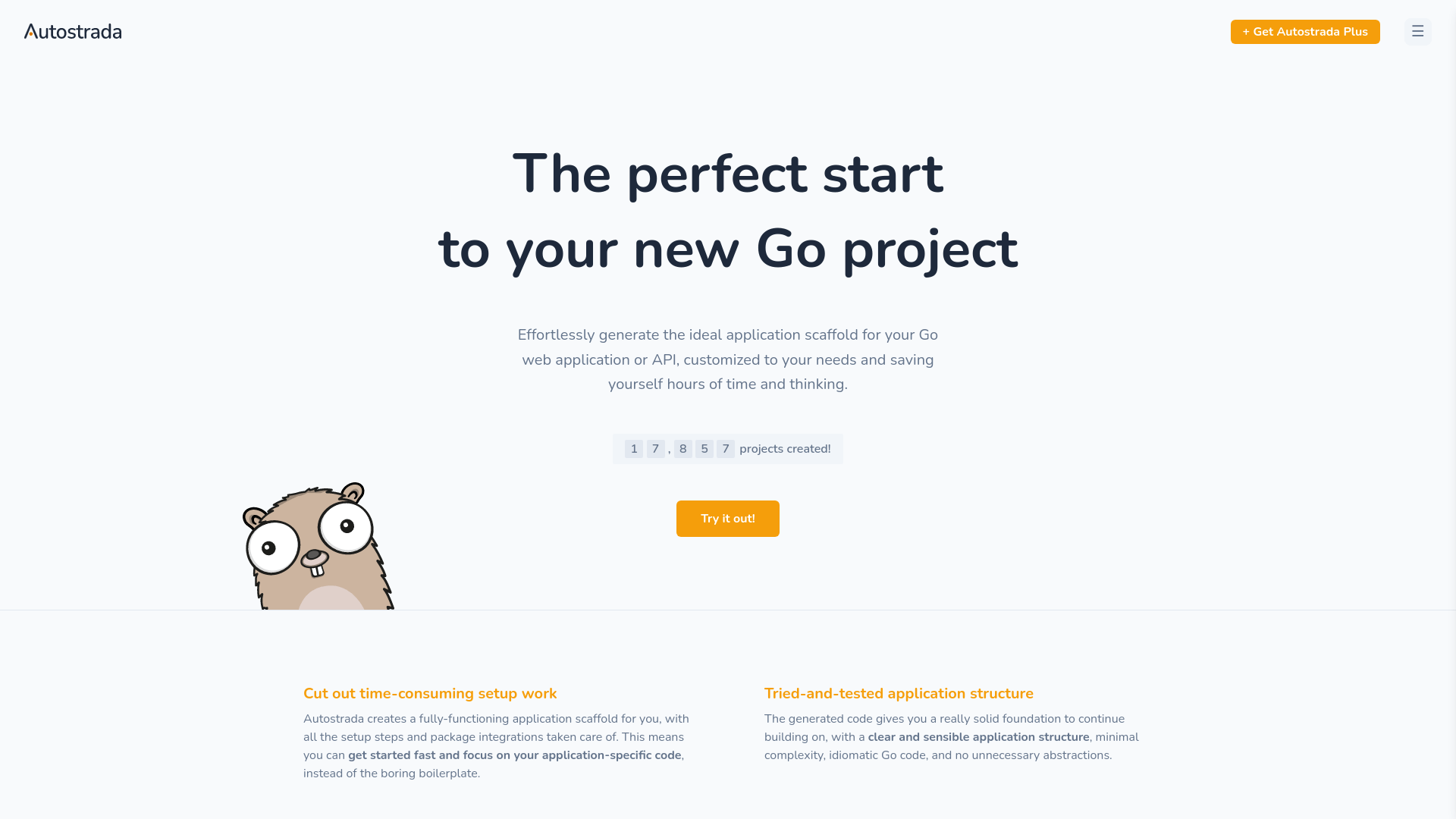

A Go SaaS boilerplate is a pre-built, customizable template that provides the fundamental features and functionality required for building a software-as-a-service (SaaS) application using the Go programming language. It is essentially a starter kit that developers can use to accelerate the development process, allowing them to focus on building the unique aspects of their application instead of building out common functionalities from scratch.
A Go SaaS boilerplate typically includes features such as user authentication, database integration, payment processing, and email integration, among others. These features are usually implemented using popular Go libraries and frameworks such as Gin, GORM, and GoReleaser, among others.
Using a Go SaaS boilerplate has several benefits for developers. Firstly, it saves time and effort by providing pre-built functionalities that would otherwise need to be built from scratch. Secondly, it can help to reduce development costs by enabling developers to use existing code and libraries, rather than having to build everything from the ground up.
Thirdly, a Go SaaS boilerplate can also provide a more stable and secure foundation for an application, as the boilerplate code is often maintained and updated by a community of developers who are focused on keeping it up-to-date and secure. Finally, a Go SaaS boilerplate can help developers to standardize their development practices and ensure that their code follows best practices, leading to a more efficient and maintainable codebase.
Go is an open-source programming language developed by Google in 2007. It is designed to be efficient, readable, and easy to learn, making it an ideal language for building scalable and reliable software. It has 113,000 stars on GitHub. Go is a compiled language that offers built-in support for concurrency, making it suitable for developing high-performance applications that can run on a variety of platforms.
Go has gained popularity among developers due to its simplicity, speed, and ability to handle multiple tasks simultaneously. It is widely used for building web applications, network tools, and system utilities. Its features include garbage collection, type safety, memory safety, and a straightforward syntax that makes it easy for developers to write efficient code.